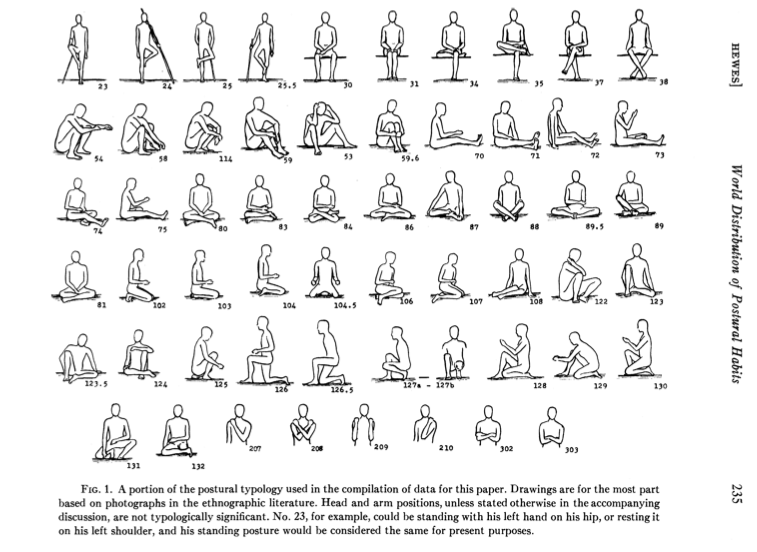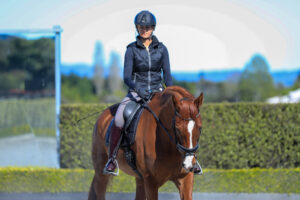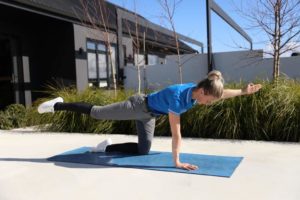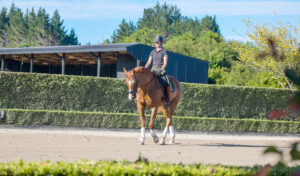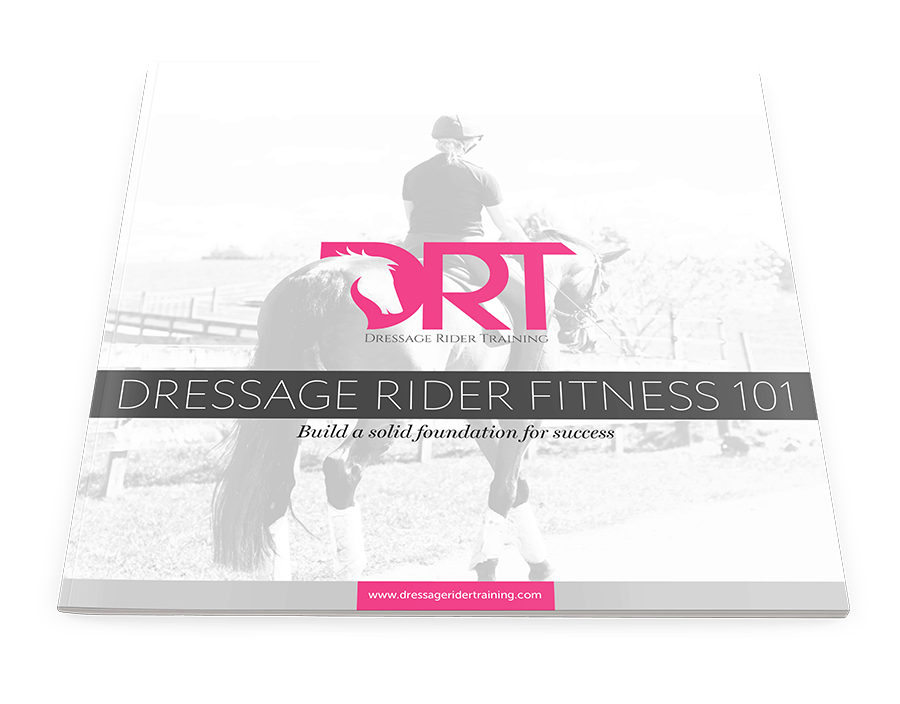Sit better, sit different, sit less
Understanding how your body adapts to your environment is a fundamental element in helping you improve your position in the saddle, and maintaining the overall health and longevity of your joints, ligaments and muscles.
Now more than ever, we spend more time in our offices, and our daily interactions have moved towards screens. Life has been set up where we’re required to have our eyes and ears glued to a device for a considerable portion of the day, and our bodies are responding to that.
You may have heard me mention the effects of sitting and the role it plays on your core and your overall posture, so maybe you have considered a stand-up desk. This is great, but before you re-arrange your office, let’s talk about what the real issue is.
It’s not the standing or the sitting
Your body thrives off moving, little and often. What it doesn’t like is the constant use of one single position.
Whether this is standing or sitting.
The answer is not that sitting is bad, nor is it that standing desks are now good. It’s not one or the other, and they aren’t your only options. There are many different ways you can position your body, even if you are in an office booth with co-workers all around you. I get it; you don’t want to stand out, so I have some options for you too.
There are more ways to sit and stand
Often we limit the positions we put our bodies in because we don’t know any different. We think it’s either to stand or to sit. When in fact, there are many different ways you can stand and sit. A perfectly set up ergonomic desk is great, it’s not the only answer but it is a really great start.
When we only sit in one position, we create stiff joints and lose movement patterns that would have toned muscle, kept connective tissues supple, and created a good flow of blood oxygen to all parts of the body.
Instead, by limiting our movement patterns and constantly putting our body into the same positions daily, we have unused muscles, loss of bone density and limited range of motion.
Professor Gordon W. Hewes, World Distribution of Certain Postural Habits reported about 100 different resting postures in his study here. This diagram below represents some of them.
Sit better, sit different, sit less
Your body can move in many different ways. There are more positions than just sitting and standing in one place. If you have a standing workstation, try and stand different. When you sit, try and sit different.
When you get home from work think about how you move. Try and stay out of your chairs and avoid sitting in the same way you did all day at your desk.
Have you tried sitting on the floor recently?
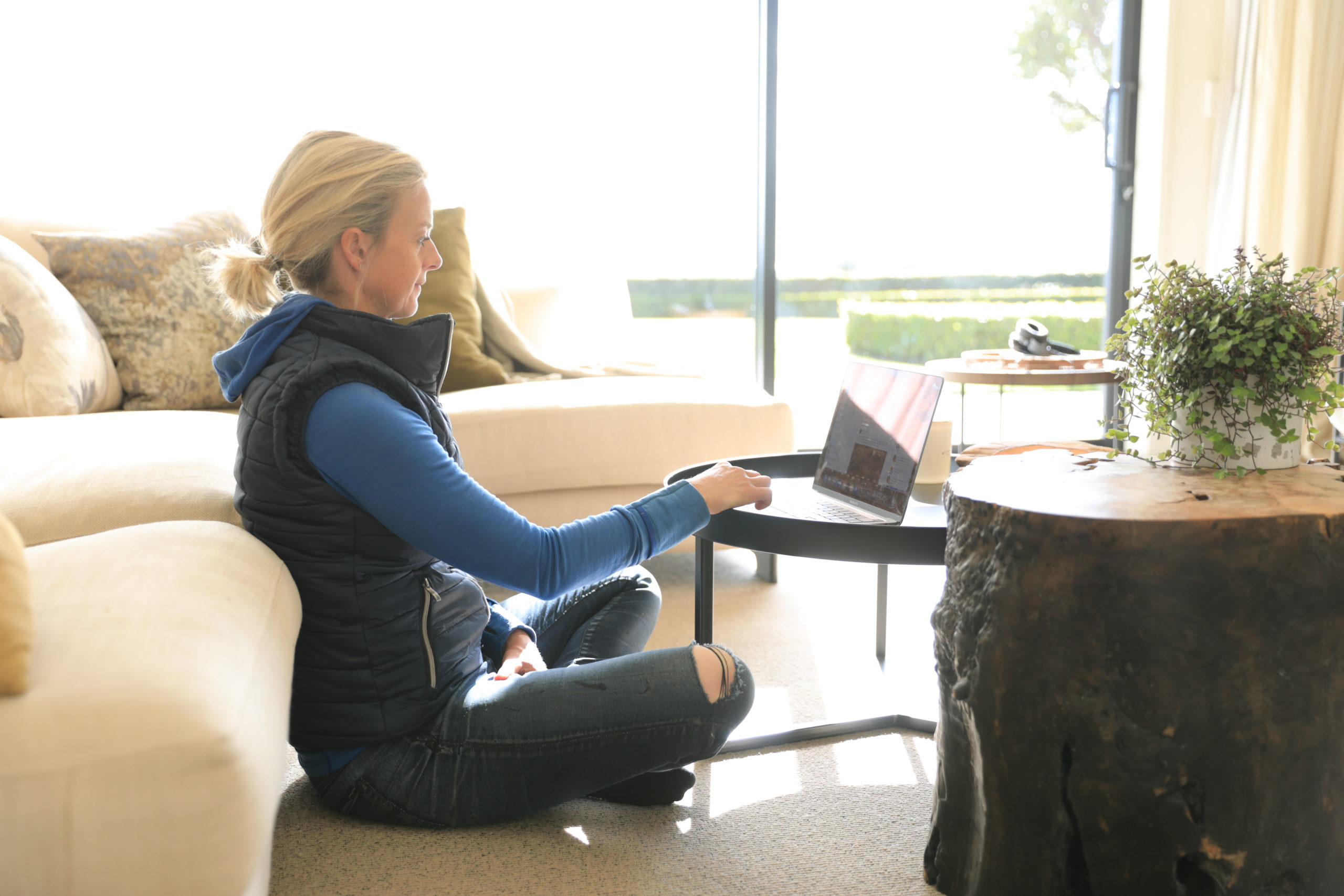
Remember your body responds to what you repeatably do, so think about ways in which you position your body throughout your day. What can you do differently that will help your long-term health, and your position in the saddle.
Maybe you work in an environment surrounded by others, where that environment can’t change. But how you sit and your habits towards it can change.
So if you can’t sit less, start by sitting differently. If you can’t sit differently, start by sitting better.
Sit Better
There is always a place you can start, it starts with sitting better. Whether your dining chair or your office chair.
Sit upright and scoot to the edge of the seat with both feet flat on the floor directly below your knees.
Set up your neutral spine, relax your shoulders, align your ears over your hips and lighten your seat. Feel your core muscles activate naturally as you move to keep your torso upright.
Align your rib cage over your hips and think about creating a balanced posture and balanced seat bones.
When we spend long hours sitting, we rarely move our arms through their full range of motion. So when you need a break, try reaching your arms up over your head and gently bending from side to side. Feel how this releases tension and improves blood flow to new areas of your body.
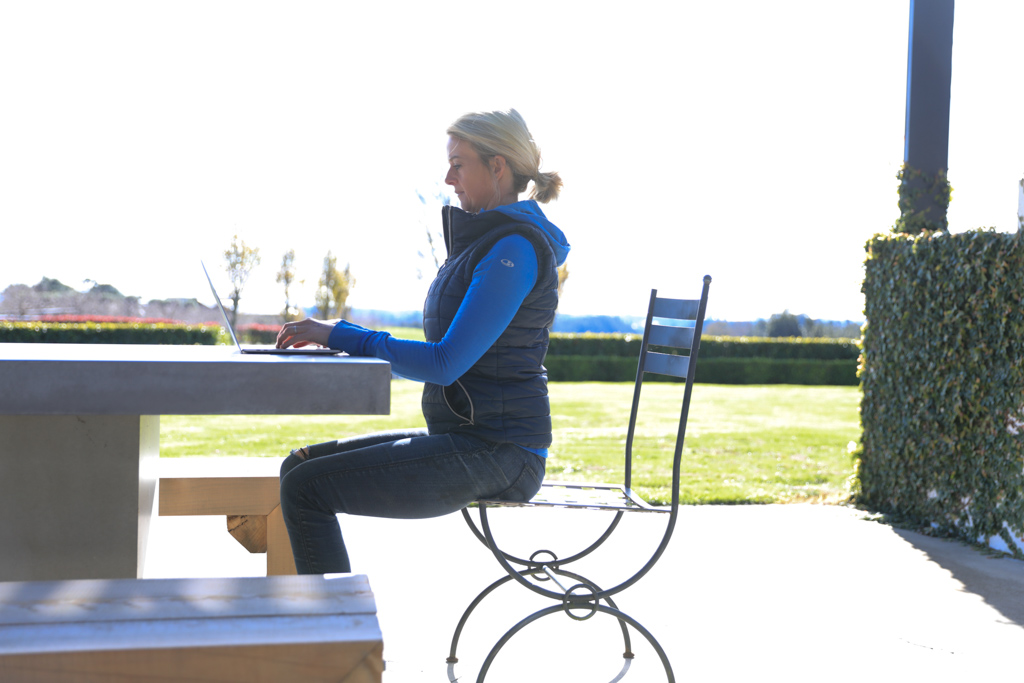
Sitting for long hours is hard on your body. Digestion, breathing and circulation depend on small movements all day long.
If you spend more than ⅓ of your day sitting, try sitting better throughout your day and breaking up how you sit. Take some walk breaks as often as you can and move.
When we sit better, we actively use muscles to hold up our posture. This then boosts our metabolism and can keep us more energised at work.
As opposed to when we sit back into the chair, we outsource all the work to the chair and use no muscles to hold us up. This reduces blood flow, limits circulation and can cause you to feel fatigued.
So next time you sit at your desk, sit actively with good posture. Then if and when you can, try and sit differently next.

Sit Different
Your body loves variety. New positions open up circulation, improve blood flow and overall energy. By bringing different sitting positions to our work day we can use different body parts.
Try these different ways to sit differently in a chair:
- Relaxed reclined back
- Tuck knees-up
- Tuck one knee up and hug your leg
- Stand and stretch thigh
- Rest foot on a chair and lean over to one side
- Side reach while seating on edge of the chair
- Double arm reaches overhead
- Seated twist
- Full deep squat
- Couch stretch
- Double arm chest chest
- Cross-legged on a chair
- Single leg rest heel up
- Single leg rest heel under

Sit Less
I like to work in a variety of different places in my house and mix and match according to the work I am doing.
My main workplace is here in my office standing. The key with standing, just like sitting, is to also keep moving, little and often.
Mix it up and stand on one leg, then move to the other. Try to then stand perfectly square, neutral spine engaged. Take stretch breaks and move when you can.
Try to create intermittent movement throughout your day while still getting work done. Not only does your body require breaks and movement, but so too does your mind.
Try breaking things up into blocks and doing deep work without distractions and then take a break. Move and then come back again.
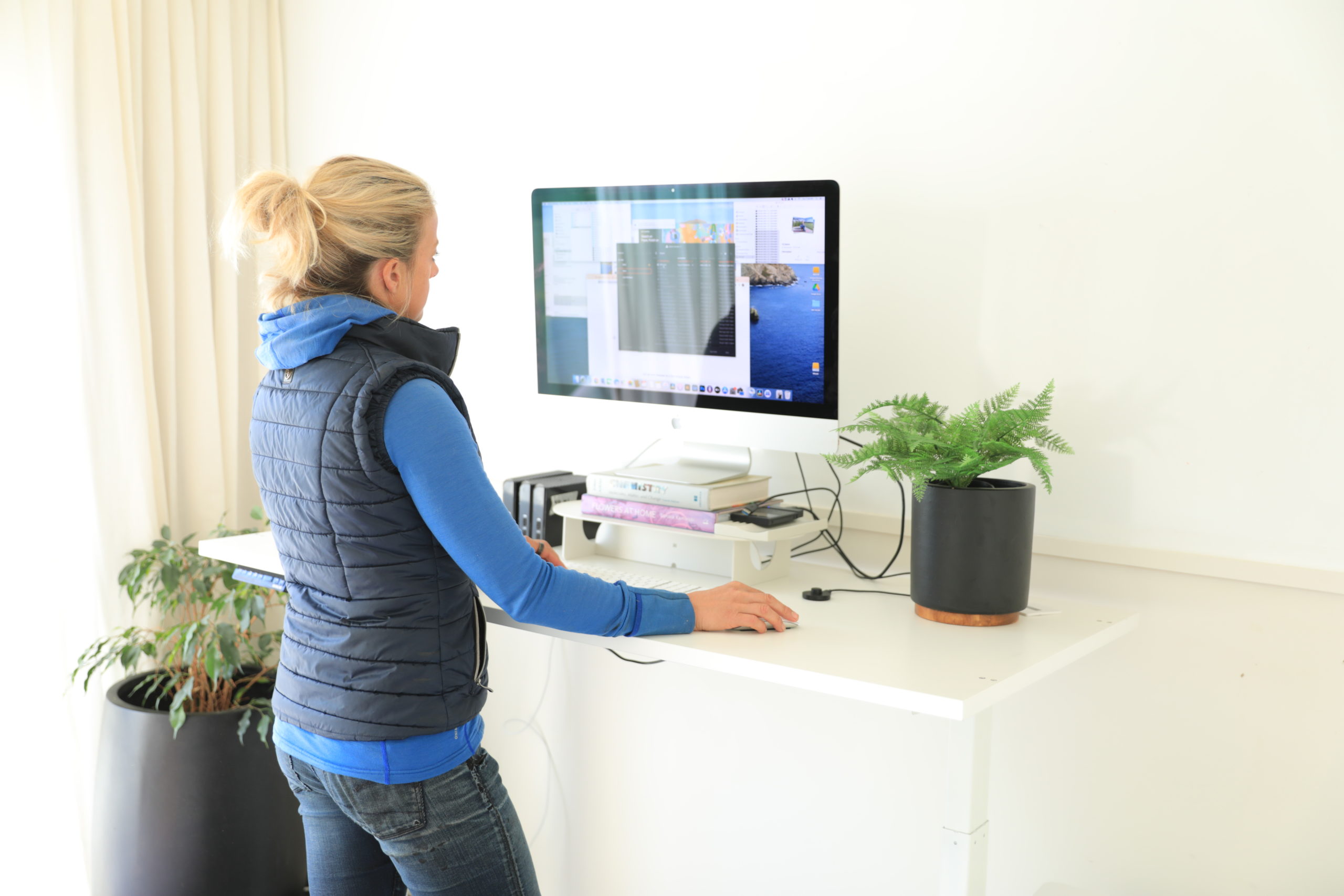
Simple Habit Changes
I am a big believer in creating simple ways to help you improve your riding and overall longevity. To help you do what you love for longer.
You are how you move. So you want to move more through your daily life, exposing your body to different positions.
So I say this with love, and I can hear many of you cringing already, but the best place to start is to… sit on the floor.
Try it now, or practise in your evening after dinner. Instead of sitting on your couch, sit on the floor in front of your couch, in any shape that feels good. Start with just five minutes and when your body tells you to move, then move!
Fidget. Change. It doesn’t matter.
In relation to riding, sitting in different positions will improve your overall hip function, range of motion and tissue mobilization. All of which are vital in the saddle!
Sitting on the ground will not only help improve your joint range of motion, but equally improve your ability to get up off the ground. A common scenario as we age is losing the ability to get up off the ground, losing mobility and strength to do so. Don’t avoid what you find difficult, because it will only get harder as you age. Instead, do what you can and work on doing more of that, and bring in variety when you can.
Look for ways today that you can start to change your sitting habits, it really will help your riding long term.
Want more help with your dressage position? Check out these articles:
Upper cross syndrome in dressage riders
Glute exercises for dressage riders
Flexor chain exercises for dressage riders
Want some help with your riding? Check out our sister website Dressage Horse Training
Improve walk canter transitions
Inhand work for dressage horses
Improve centre lines and halts
More articles
Dressage Rider Training Program
Join other participants on our 12-week 'step-by-step' online rider
training program. Improve the 5 components of your riding.
Only available 3x per year.
see full details & register your interest
